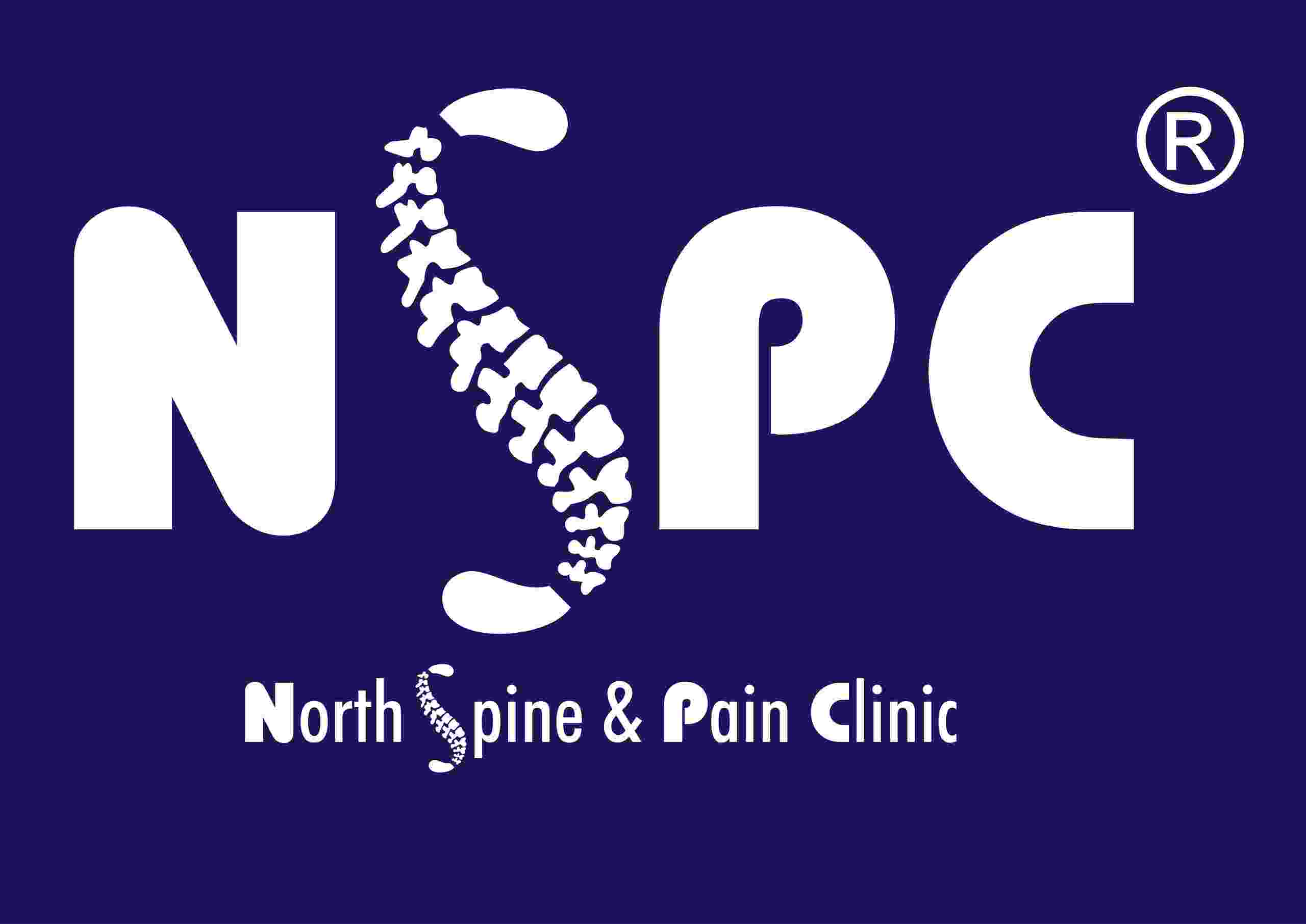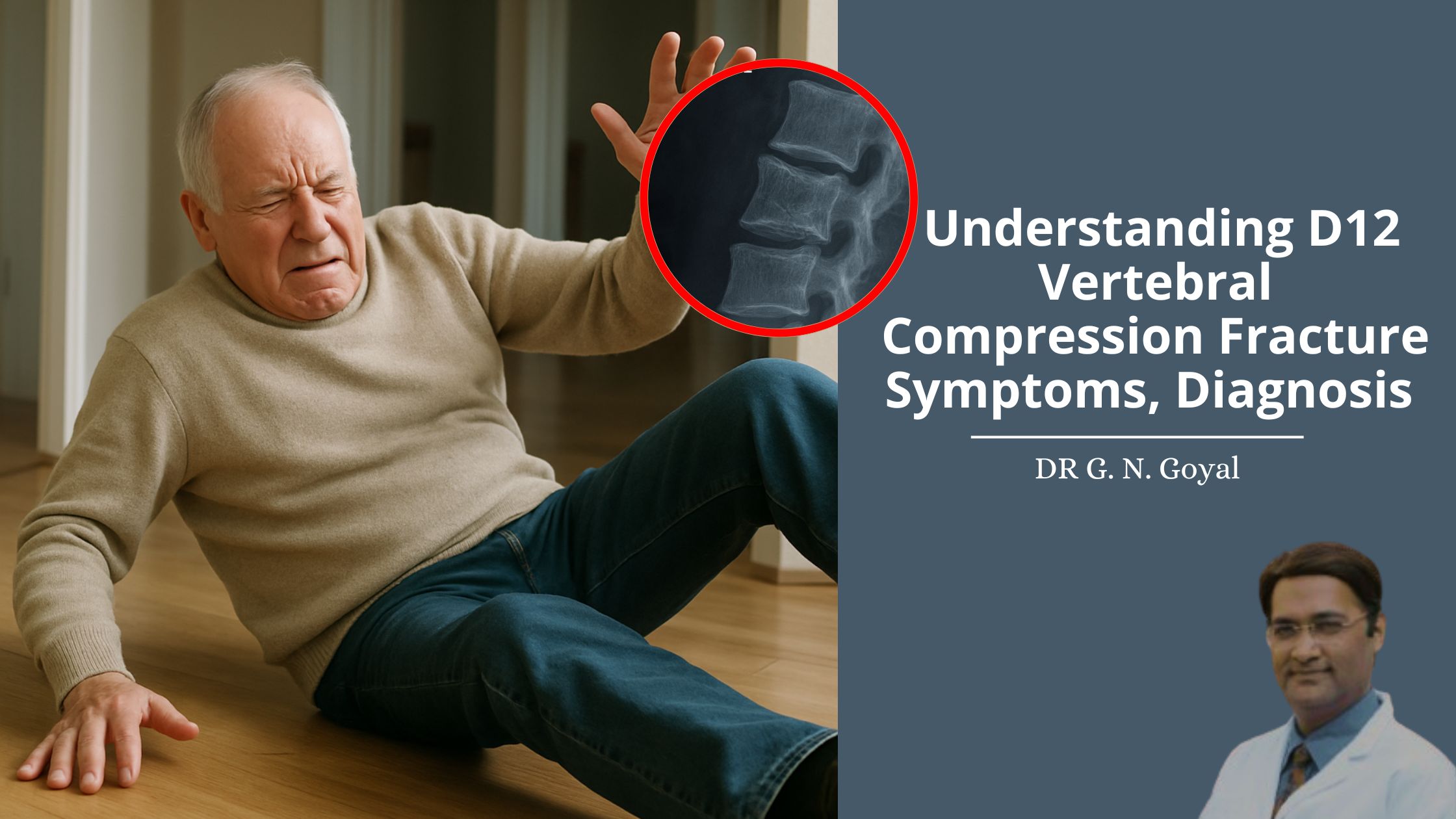Understanding D12 Vertebral Compression Fracture: Symptoms, Diagnosis
Vertebral compression fractures are painful and can significantly impact spinal mobility. Among them, the D12 vertebral compression fracture is one of the most commonly diagnosed, especially in older adults or those with osteoporosis. Recognizing the early vertebral compression fracture symptoms is crucial for timely treatment and avoiding further complications.
In this blog, we’ll cover the signs to look out for, what the compression fracture of vertebral column and how to deal with a D12 vertebral compression fracture effectively.
🔍 What Is a Vertebral Compression Fracture?
A vertebral compression fracture occurs when a vertebra in the spine collapses due to pressure, trauma, or bone weakening. The D12 vertebral compression fracture, located at the thoracolumbar junction, often causes localized pain and postural changes.
Patients may initially ignore vertebral compression fracture symptoms, mistaking them for regular backaches. However, if not treated, it can lead to chronic pain and spinal deformity.
⚠ Common Vertebral Compression Fracture Symptoms
Understanding the vertebral compression fracture symptoms helps with early detection and intervention. Here are the most frequently reported signs:
- Sudden back pain, especially after a minor fall or strain
- Pain while standing or walking
- Height loss over time
- Kyphosis (hunched back appearance)
- Limited spine mobility
If these vertebral compression fracture symptoms match what you’re experiencing, it’s important to consult a spine specialist immediately — particularly when there’s suspicion of a D12 vertebral compression fracture.
🏥 Why D12 Vertebral Compression Fracture Needs Immediate Attention
A D12 vertebral compression fracture lies near the transition between the thoracic and lumbar spine, making it a crucial junction for weight-bearing and movement. Left untreated, it can lead to:
- Chronic pain
- Nerve impingement
- Reduced mobility
- Spinal instability
Doctors will often evaluate the vertebral compression fracture symptoms using X-rays, MRIs, and CT scans. Once confirmed, they reference the correct compression fracture of vertebral column document and start treatment.
💊 Treatment Options for Vertebral Compression Fracture
Treatment varies depending on the severity of the D12 vertebral compression fracture and the associated vertebral compression fracture symptoms:
- Pain management through medication
- Bed rest
- Bracing for spinal support
- Pain management through Non-surgical, Minimally invasive procedures like kyphoplasty or vertebroplasty
- Surgical kyphoplasty or vertebroplasty with implant
🧘 Recovery Tips for D12 Vertebral Compression Fracture
If you’re recovering from a D12 vertebral compression fracture, follow these habits:
- Avoid lifting heavy objects
- Practice good posture
- Do light exercises under supervision
- Focus on calcium-rich nutrition
Monitoring vertebral compression fracture symptoms during recovery is essential. If pain worsens or mobility reduces, consult your doctor again.
✅ Final Thoughts
Recognizing vertebral compression fracture symptoms early — especially in cases like D12 vertebral compression fracture — leads to faster recovery and fewer complications. If you or a loved one is facing back pain or was recently diagnosed, ensure your reports and care plans align with the proper compression fracture of vertebral column standards.
Spinal health is crucial, and every vertebra matters.
Do you suffer from spine fracture? Share your experience in the comments below!
Visit the Back pain & Osteoporotic Vertebral compression fracture Specialist – Dr. G N Goyal for any non surgical, minimally – invasive, keyhole treatments in Delhi, Haryana or Punjab, at the nearest Spine fracture Clinic, and book your appointment now!
Hear from our Happy Patients
You may please click on the following link, to know the pleasant experiences of our Spine fracture patients.

